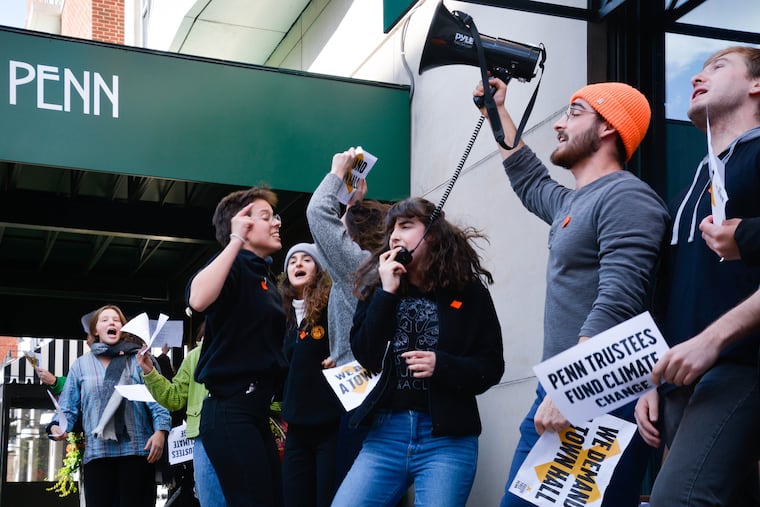A ‘new wave’ of activism on campus: Students are aggressively seeking their demands
College students have been protesting the world's injustices for decades. Sit-ins, shut-downs and other aggressive tactics were always part of their approach. But now, such tactics appear to be happening more often as a "new wave" of activism hits campus.
